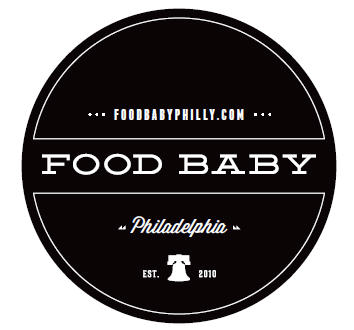There is a little
known place, in a village called East Oak Lane, on the physical edge of
Philadelphia. I'd heard rumors about this place from foodie friends. It even
got a shout-out from Anthony Bourdain on The Layover. You drive for miles,
north up 5th street till you swear you can't be in the city any more. All of a sudden the storefront signs start
changing to Korean. In the span of a few
blocks you are transported to South Korea. You pass Jong Ka Jib on the left,
Kim's Korean Bar-B-Q on the right. You
round the corner onto Cheltenham Ave and tucked between a bank and a gas
station is Café Soho. The exterior
unassuming to the extreme, save for the uniquely Asian designed chicken sign
hanging out front.
Inside, the place
looks like a failed night club from Old City circa 2005. Mirrored ceiling
tiles, black and red leather banquets, a discoball like chandelier, K-Pop
blasting from a big screen TV. To the
untrained eye, these should all be big red flags to turn around and walk out.
But wait, is that a call button on the edge of each table? Do they give you a plastic pitcher of water
at each table, and pour with both hands? Ah-ha. We've found the place.
Café Soho is an ode
to Seoul and the ubiquitous Hof's that are too numerous to count in that city.
In Korea the Hof (from the German Hofbrauhaus) is basically a sparsely
decorated restaurant serving two things - pitchers of cheap beer and plates of
fried chicken. If Japan was all about fish, Korea was all about land animals -
namely chicken & beef. Fried chicken is a staple there. It is cheap and it
is done impressively well - fried hard and slathered with a sweet & spicy
sauce. It is the go-to for college kids, after-work office workers and just
about anyone else that needs a beer and a bite.
The kim chi pancake
was tasty. Just crispy enough to not flop over when you pick it up for the
dipping. A little heat, but not enough to make you wince. On it's own it merits
a decent nod, but it is just a warm up for the main event.
Ahh, this is what
I've been waiting for. Look at those beautiful little nuggets of fried
deliciousness. These little guys are of the boneless variety. It's like popcorn chicken, but actually good.
The meat to breading ratio is spot-on and the spicy sauce coating each piece
packs a punch. Between the four of us, we devoured these in about 5 minutes.
Even the girl that doesn't like spicy stuff couldn't stop eating them. She was
visibly sweating and going back for more.
And now onto the
original. The bone-in chicken wings. The head of the class. The reason hot oil
matters. Oh Captain, my Captain. Fried to a shattering crunch that is audible
with every bite. The meat is tongue scalding hot, but that won't stop you. They
are light and crispy, not greasy. They are near perfect on their own. A little
soy dipping sauce puts them into an ethereal plane of existence.
They do a take-out
business, but I don't see how anyone could make it home with a box of that
chicken sitting next to them on the passenger seat untouched. I have joined the
ranks of those that now make pilgrimages to Oak Lane for Café Soho. It's a
hankering that cannot be denied, and satisfied only one way. This is hands down the best fried chicken
I've had in Philadelphia. It is worth the drive, and so much more.
Food Baby
Rating: Triplets!
Cafe Soho
468 Cheltenham
Avenue
Philadelphia, PA
19126
215-224-6800














